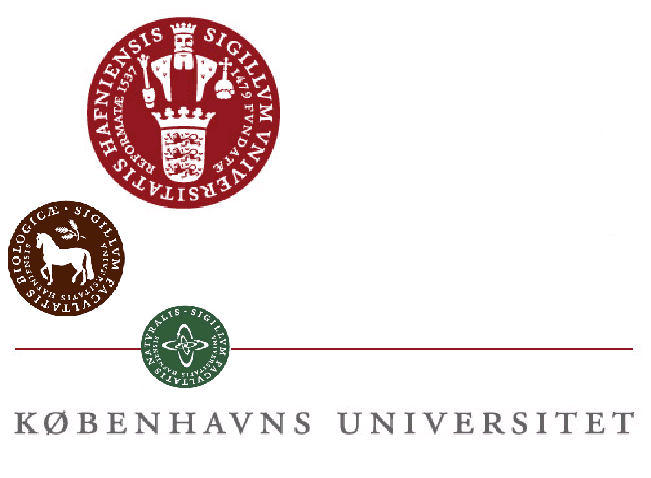Team:Copenhagen/Notebook
From 2011.igem.org
(→First Week) |
(→Notebook) |
||
| Line 25: | Line 25: | ||
| - | ==''' | + | =='''Protocols'''== |
==Protocols== | ==Protocols== | ||
Revision as of 10:59, 27 June 2011
| You can write a background of your team here. Give us a background of your team, the members, etc. Or tell us more about something of your choosing. | |
|
Tell us more about your project. Give us background. Use this is the abstract of your project. Be descriptive but concise (1-2 paragraphs) | |
| Team Example |
| Home | Team | Official Team Profile | Project | Parts Submitted to the Registry | Notebook | Safety | Attributions |
|---|
Contents |
Protocols
Protocols
Mutations
Ingredients
Site directed mutagenesis of 3 plant CYP450 (79A1, 79A2, 79B1).
We aim to destroy restrictionenzymes recognitionsites.
Primers was supplied by ...........
10 μl of 5× reaction buffer
X μl (50 ng) of dsDNA template
X μl (125 ng) of oligonucleotide primer #1
X μl (125 ng) of oligonucleotide primer #2
1 μl of dNTP mix
ddH2O to a final volume of 50 μl
Then add
1 μl of PfuTurbo DNA polymerase (2.5 U/μl)
Poly Chain Reaction
We ran a PCR to syntesise and amplify our mutated CYP's.
Cycling Parameters for the QuikChange Site-Directed Mutagenesis Method
Segment 1
Cycles 1 Temperature 95°C Time 30 seconds
Segment 2
Cycles 12
Temperature 95°C Time 30 seconds
Temperature 55°C Time 1 minute
Temperature 68°C Time 1 minute/kb of plasmid length
Digestion
We aim to remove the parentel CYP.
We take advantage of the fact that this CYP is methylated on cytosines. Dpn is a restriction enzyme that cuts DNA which is methylated - therefore our new mutated CYPs remain untouched.
1. Add 1 μl of the Dpn I restriction enzyme (10 U/μl) directly to each amplification reaction.
2. Gently and thoroughly mix each reaction mixture by pipetting the solution up and down several times. Spin down the reaction mixtures in a microcentrifuge for 1 minute and immediately incubate each reaction at 37°C (in a heater with lid or in a 37°C room) for 1 hour to digest the parental (i.e., the nonmutated) supercoiled dsDNA.
Source
Adapted from QuikChange™ Site-Directed Mutagenesis Kit INSTRUCTION MANUAL
Competent Cells
E. coli Calcium Chloride competent cell protocol
1. Inoculate a single colony into 5mL Lb in 15mL falcon tube. Grow O/N at 37°C.
2. Use 1mL to inoculate 100mL of LB in 250mL bottle the next morning.
3. Shake at 37°C for 1.5-3hrs until OD600 = 0.4-0.8
Then…. 1. Put the cells on ice for 10 mins (keep cold form now on).
2. Collect the cells by centrifugation in the big centrifugue for 10 mins at 6krpm
3. Decant supernatant and gently resuspend on 10 mL cold 0.1M CaCl (cells are susceptible to mechanical disruption, so treat them nicely).
4. Incubate on ice x 20 mins
5. Centrifuge as in 2
6. Discard supernatant and gently resuspend on 5mL cold 0.1MCaCl/15%Glycerol (from a 85% stock)
7. Dispense in microtubes (300μL/tube). Freeze in -80°C.
Source:
Adapted from http://www.med.nyu.edu/medicine/labs/blaserlab/Protocols/E-coli_competent_cells_protocol_&_transformation.pdf
LBamp Plates
1. 500 ml LB agar and 500 μL amphicilin 2. Pour on plates 3. Leave with the lid half on for 30 minutes at room temperature 4. Put in refrigerator until needed.
Transformations
Transformation of Ca++ competent cells
1. Put 10μL of circular plasmid or all of a ligation reaction of plasmid DNA in a microtube. Gently add ~50μL of competent cells.
2. Incubate for 30 mins on ice.
3. Heat shock for 45 seconds at 42°C. Put back on ice.
4. Plate the whole lot in LBamp plates
5. Leave the plates at 37°C O/N
Second Week
Third Week
Fourth Week
You should make use of the calendar feature on the wiki and start a lab notebook. This may be looked at by the judges to see how your work progressed throughout the summer. It is a very useful organizational tool as well.
 "
"

